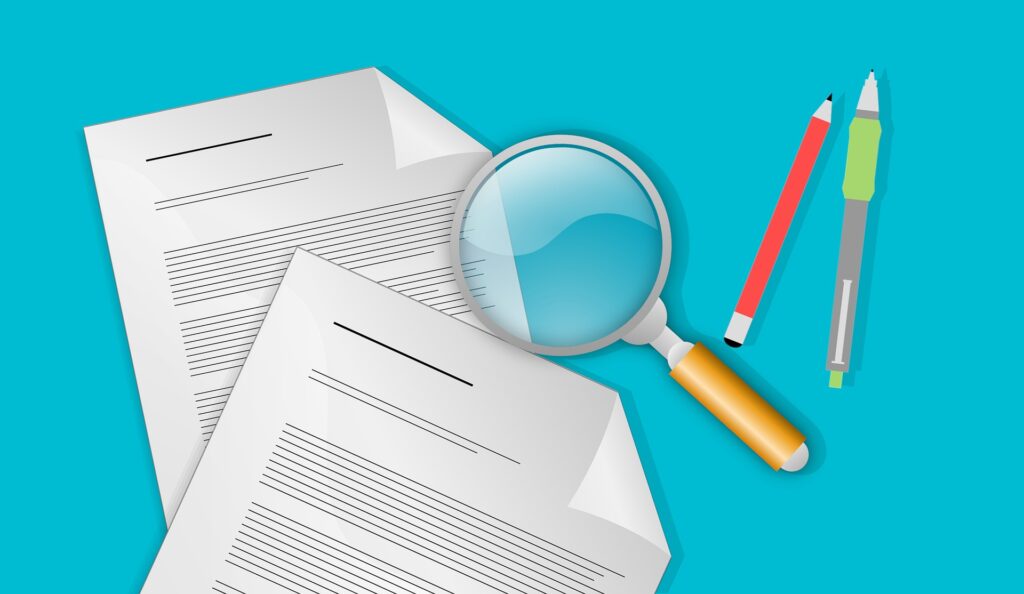Utility bills are like colds: We all get them, but we don’t love them. While there’s no way to avoid that monthly bill, there is a way to make sure they’re as painless as possible: The utility bill audit. If utility bills are cold, think of the utility bill audit as your NyQuil.
In this article, we’ll explain what a utility bill audit involves and who can benefit from one (hint: pretty much every organization!). We’ll also share some success stories from WatchWire clients who saved thousands of dollars on their utility bills following an audit.
What Does a Utility Bill Audit Involve?
As we will see when we examine the success stories, a utility bill audit can catch disparities and errors that are adding extra dollars to your bills, e.g. incorrect taxes, supply contracts, double demand charges, wrong kWh charged, etc. When the error is caught, your utility company will rebill and send you an adjusted statement. That equals money in your pocket that would otherwise have been lost.
If conducting a utility bill audit sounds like a big headache, never fear: A good sustainability and energy management software will have automated audits as well as utility data analysts whose sole job is to catch utility bill errors that could be costing you.
Who Can Benefit from a Utility Bill Audit?
Whether your organization uses renewable or fossil fuels, it can benefit from a utility bill audit. Without a deep dive into your utility bills, it can be difficult to know if something is amiss and you are being overcharged. The only people who won’t benefit from a utility bill audit are the utility companies! After all, they’ll have to charge you less money if errors are found.
In addition, sustainability reports require a certain level of data quality and accuracy. When utility bills are audited at every line-item detail, you can rest assure that your data is accurate. With WatchWire’s automated data collection and multiple integrations, it is even easier to file sustainability and ESG reports.
Success Stories
Utility bill audits often result in large error catches that ultimately save users substantial amounts of money. Below, we explore several of the utility bill errors the WatchWire team has uncovered recently.
1. Sales Tax
EnergyWatch client Pompeian Olive Oil was refunded over $71,500 due to a sales tax error – their buildings were supposed to be tax exempt but the State accidentally removed that status from their exemptions. Pompeian had upgraded their service type and meter, as a result, the state tax exemption status was mistakenly removed. The State ultimately refunded Pompeian the sales tax they were charged over four years from 2012 to 2016.
2. Incorrect kWh
- One of the most common billing errors we encounter is invoices with the wrong monthly kWh consumption. In this example, our client saw a substantial increase in energy usage on their statement that did not match their historical usage profile. This catch resulted in a 5% lower bill for their Houston site and a 10% lower bill for their remaining accounts.
- In another example, a university’s energy supplier significantly overbilled their usage for a billing period. The school was billed for 860,930 kWh while their typical usage is around half that amount. Through our Invoice Management audit process, that invoice was flagged and the university was notified. The supplier cancelled the original invoice and rebilled. Supply costs for that period went from $77,690 to approximately $38,500.
3. Supply Contract Details
Another of our clients, a national retail brand, noticed discrepancies on their monthly statements. A block energy audit was conducted on past invoices to make sure they had been billed correctly for their energy use. In Massachusetts, two additional energy blocks were billed that were not scheduled. In New York, several locations were billed for 6 energy blocks when only 3 were scheduled. In Texas, the opposite problem arose: 6 energy blocks were billed when 8 blocks were scheduled. It turned out that when the retail brand had transitioned to a new energy supplier, the block energy volumes were incorrect on all the accounts, affecting all billing periods since the transition.
4. Load Factor
When a client’s utility bill shows a load factor greater than 100%, that either means that the energy demand was too low or the usage was too high. One of our clients received an estimated bill from Con Edison, which takes the usage/demand from the same month of the prior year when they issue estimated bills. The usage on the client’s invoice was overestimated, resulting in a load factor greater than 100%. Con Edison estimated the usage at 3,668,800 kWh, which was much higher than prior months and more than double compared to the same month a year previously. Con Ed was notified and issued a corrected bill.
What Now?
If you are looking for an energy and sustainability management platform that offers advanced utility bill monitoring and auditing, WatchWire has you covered. WatchWire gives you the ability to thoroughly analyze your energy data in a cloud-based, centralized platform. It also allows you to set thresholds and alerts you to when your usage falls outside of your typical trends. In addition, WatchWire has a team of experienced utility bill auditors who will work with you to catch any errors on your statements. To learn more about WatchWire’s capabilities, download the WatchWire Fact Sheet.
Got Questions?
Curious about anything we covered here? Reach out to us on LinkedIn, Facebook, Instagram, or Twitter!
 Top Sustainability Trends to Watch in 2025
Top Sustainability Trends to Watch in 2025

 Log In
Log In








